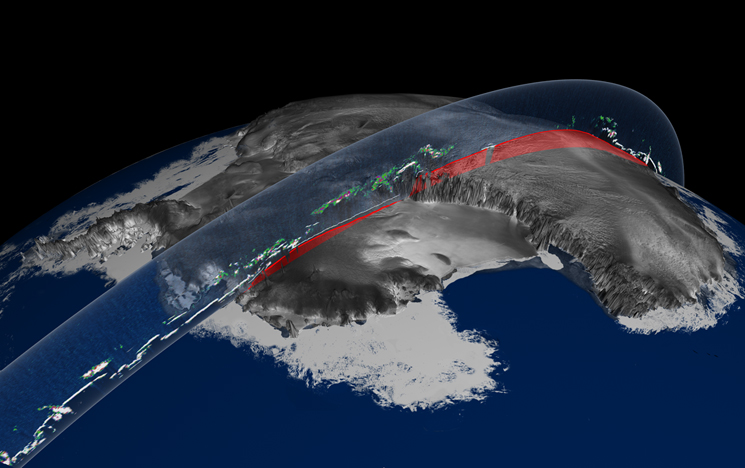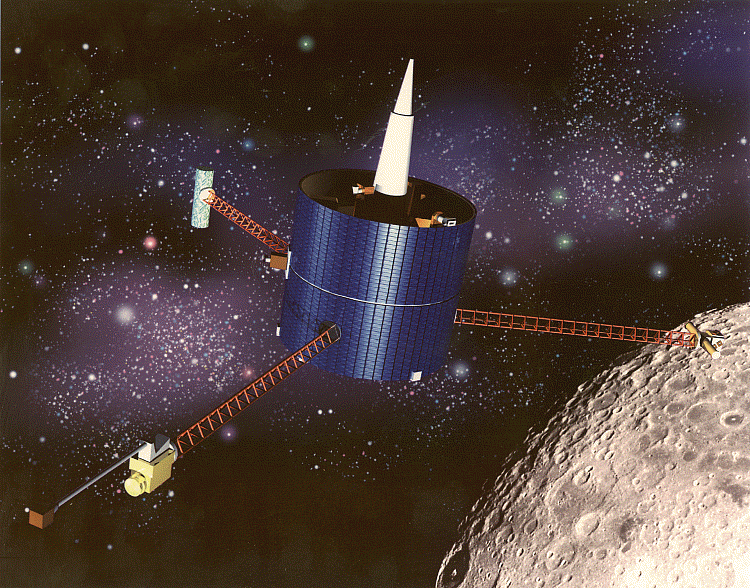Fifty-five years ago today — December 6, 1957 — the U.S. tried to launch the Vanguard satellite from Cape Canaveral, atop a Vanguard rocket.

(Vanguard explosion. US Navy image, from NASA.)
Also known as Vanguard TV3, for Vanguard Test Vehicle 3, the spacecraft was “a 1.36-kg aluminum sphere 15.2 cm in diameter, [that] contained a 10-mW, 108-MHz mercury-battery powered transmitter and a 5-mW, 108.03-MHz transmitter powered by six solar cells mounted on the body of the satellite.” Its mission, other than testing the launch vehicle itself, was to “study the effects of the environment on a satellite and its systems in Earth orbit,” and to “obtain geodetic measurements through orbit analysis.”
As seen in the image above, the launch vehicle exploded shortly after lifting off the pad.
When I was writing speeches in the Pentagon, I included the Vanguard story in a speech I wrote for the Under Secretary of the Air Force to deliver on December 6, 2004:
At 11:44 Eastern time at Cape Canaveral, the test conductor gave the final “go” command and Paul Karpiscak, a young engineer, flipped the final switch. Out on the pad, the rocket’s first stage ignited. It rose about four feet into the air, but lost power and came crashing down after only two seconds. It fell against the firing structure, its fuel tanks ruptured, and it immolated itself in a roaring ball of flame.
That was the 6th of December, 1957. It was Project Vanguard — our first attempt to launch a satellite. The experience was so new to the engineers in the control room that, when they saw it blow up, someone shouted, “Duck!” — and almost everyone did.
…
To wrap up, … the Vanguard Story has a happy ending.
For one thing, as that first launch vehicle crumbled in flame, controllers noticed that the satellite’s transmitters were still beeping. The payload had been thrown clear of the launch pad — it bounced a few times on the ground, but it still worked! At least they knew their satellite design was solid.
And … three Vanguard launches were successful, starting with Vanguard I on Saint Patrick’s Day, 1958. It wasn’t the US’s first satellite — that was Explorer-1 — but Vanguard I is still up there. It’s the world’s longest orbiting man-made satellite, and still provides data on atmospheric drag and other phenomena.
The lesson I take from the Vanguard story is that failure is, much of the time, a necessary step on the way to success.



 by
by 


















